Canada and the United States share a long history of economic and cultural exchange, with many Canadian consumers developing deep loyalty to American brands. For years, these brands have enjoyed a trusted place in Canadian homes, often becoming part of everyday life. However, there have been moments when several American companies took actions that felt like a betrayal to their Canadian customers, whether through pricing, service changes, or business decisions. This article explores 16 American brands that betrayed Canadian loyalty.
Walmart’s Pricing and Product Selection
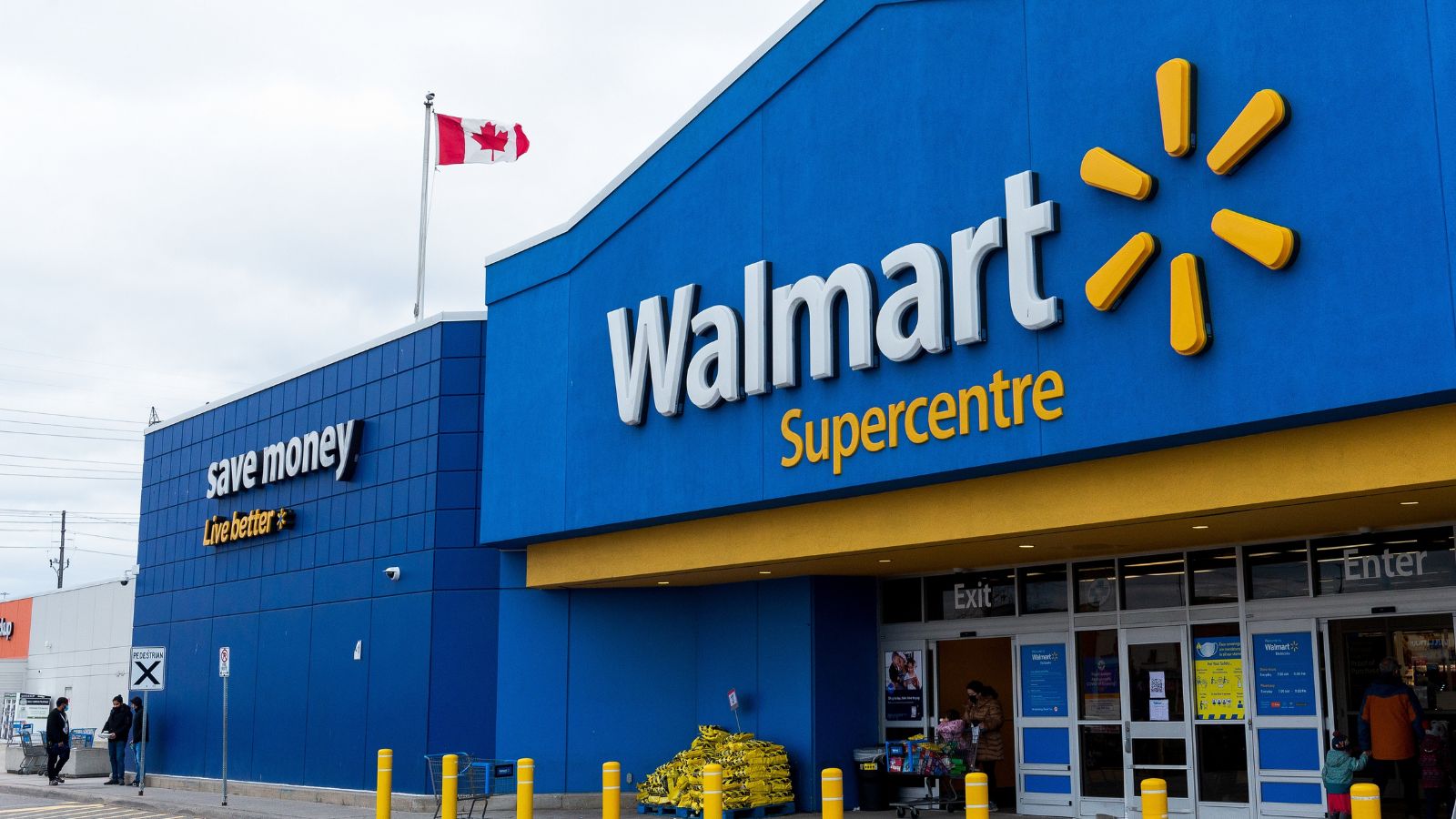
Walmart’s expansion into Canada was initially met with enthusiasm from Canadian shoppers hoping to enjoy the retailer’s famed low prices. However, Canadian consumers quickly noticed that prices north of the border were often higher than in the U.S., sparking frustration. Additionally, product selections in Canadian stores frequently lagged behind what was available in American locations. These pricing discrepancies and inventory issues led many Canadians to feel that Walmart was taking advantage of their loyalty rather than rewarding it.
Best Buy’s Canadian Store Closures

Best Buy, a popular electronics retailer, earned a loyal following in Canada after its entry. However, when the company announced the closure of numerous Canadian stores, customers felt abandoned. Many shoppers were left without access to in-person service and support, which diminished the overall experience. This move was seen as prioritizing American market strategies over Canadian consumer needs, leaving many feeling betrayed.
Netflix’s Content Restrictions

Netflix revolutionized entertainment access for Canadian audiences, who were quick to subscribe and champion the streaming service. But Canadians soon discovered that Netflix’s content library was significantly more limited compared to what American subscribers enjoyed. This disparity in programming made Canadian users feel shortchanged, as their loyalty did not guarantee equal access to popular shows and movies. Many perceived Netflix’s regional restrictions as a betrayal of the trust and subscription fees paid by Canadian viewers.
Amazon’s Prime Shipping Delays
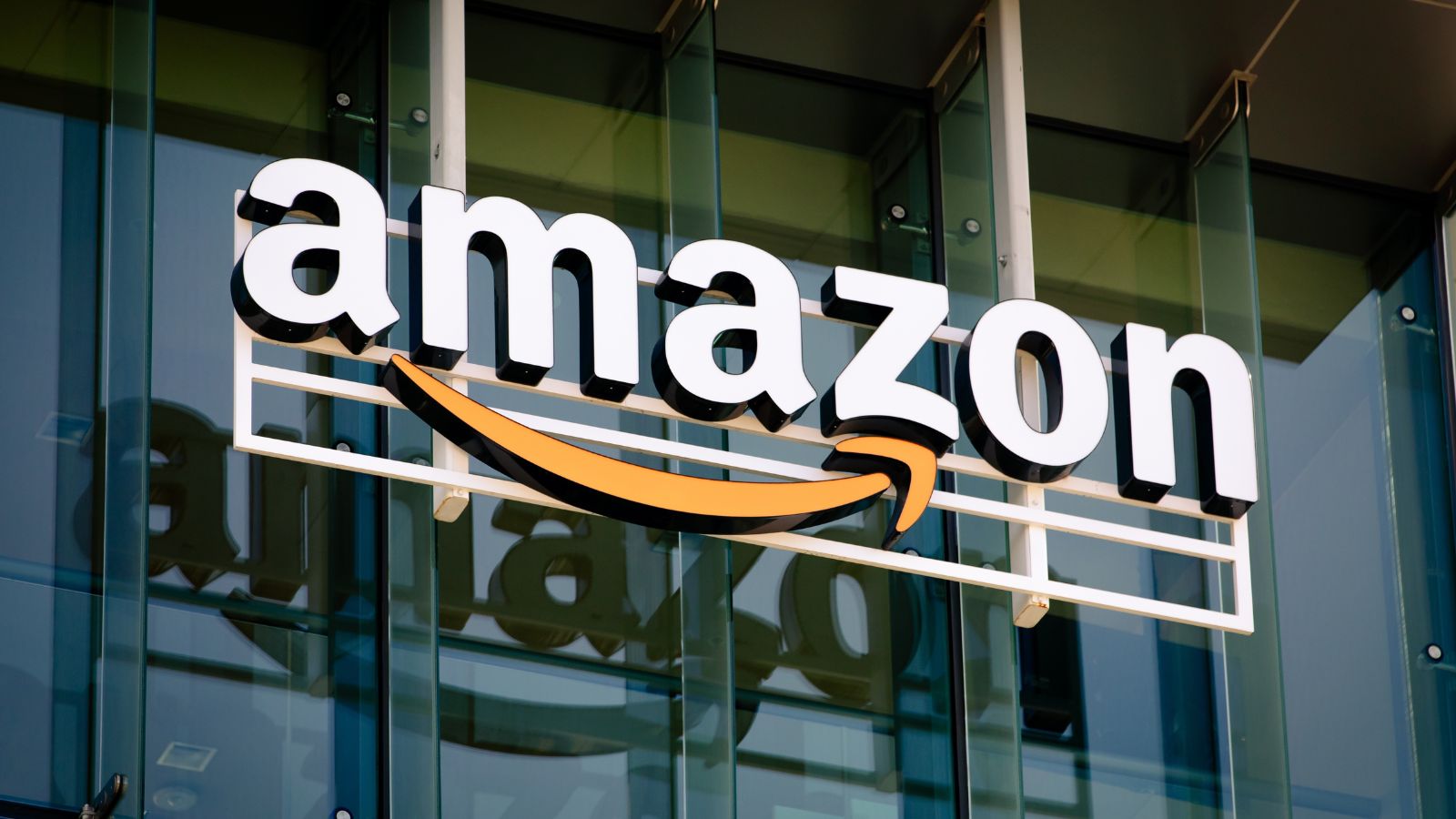
Amazon quickly became a favorite among Canadian shoppers due to its vast selection and competitive pricing. However, unlike American customers who enjoy rapid shipping, Canadians often faced longer delivery times and higher shipping fees. Despite paying similar subscription fees for Amazon Prime, Canadian customers felt neglected as the company prioritized U.S. logistics. This perceived unfair treatment created a sense of betrayal among Canadian users expecting equivalent service.
Costco’s Price Markups
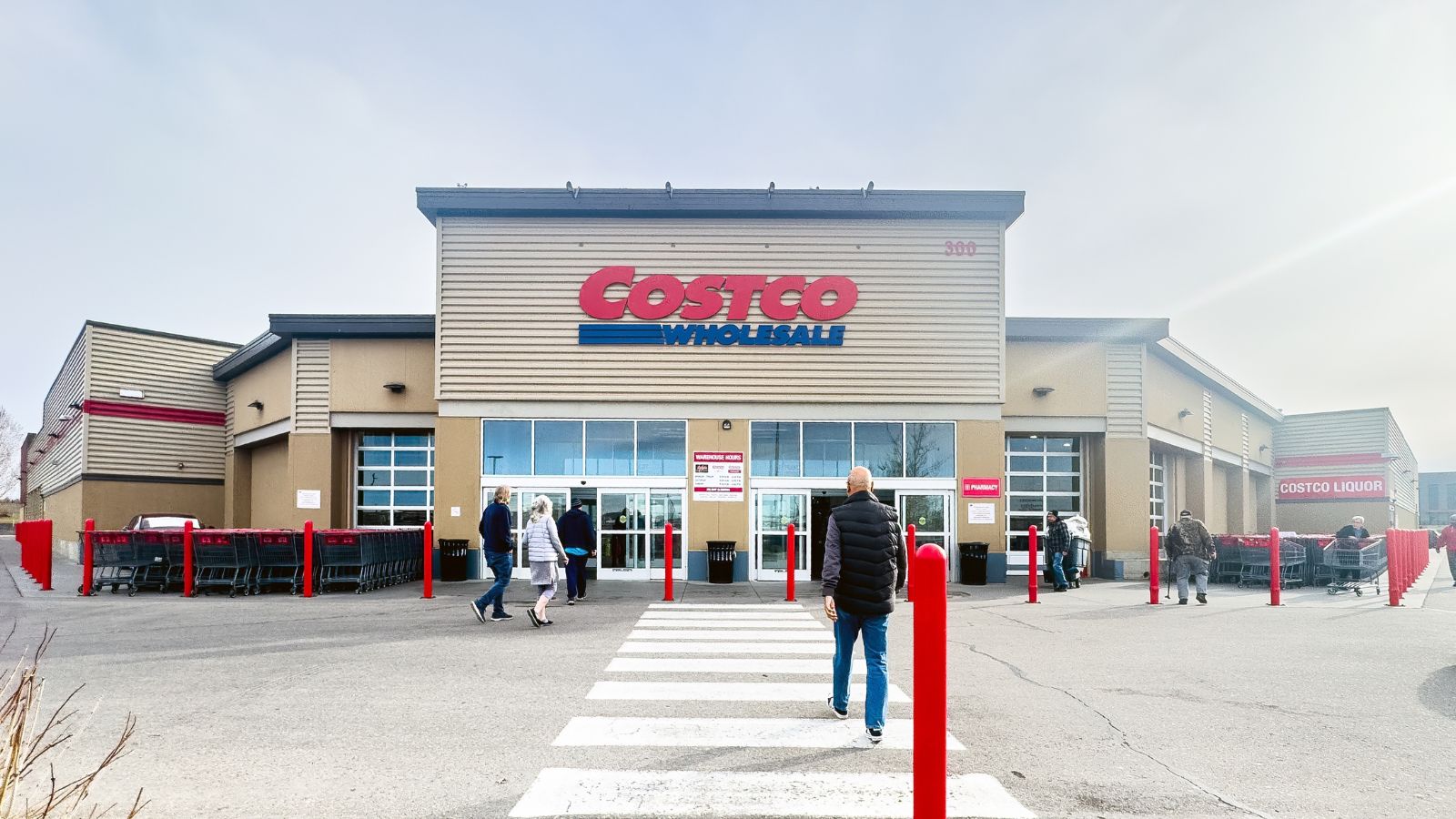
Costco is well-loved in both countries, but Canadian shoppers noticed that some products were priced higher than in American stores. While the membership fees were comparable, the price differences on popular items created frustration. Canadians loyal to Costco expected the same value and savings but felt penalized by these markups. This inconsistency between markets eroded the trust Canadian consumers had placed in the brand.
McDonald’s Menu Disparities

McDonald’s is an iconic brand with a strong presence in Canada, where many customers have fond memories of their visits. Yet, Canadian customers often found themselves with fewer menu options or different pricing compared to American counterparts. Regional specialties and promotions frequently debuted in the U.S. without ever reaching Canadian outlets. This disparity in offerings made many Canadian customers feel overlooked by a brand they had supported for years.
Chick-fil-A’s Slow Canadian Expansion
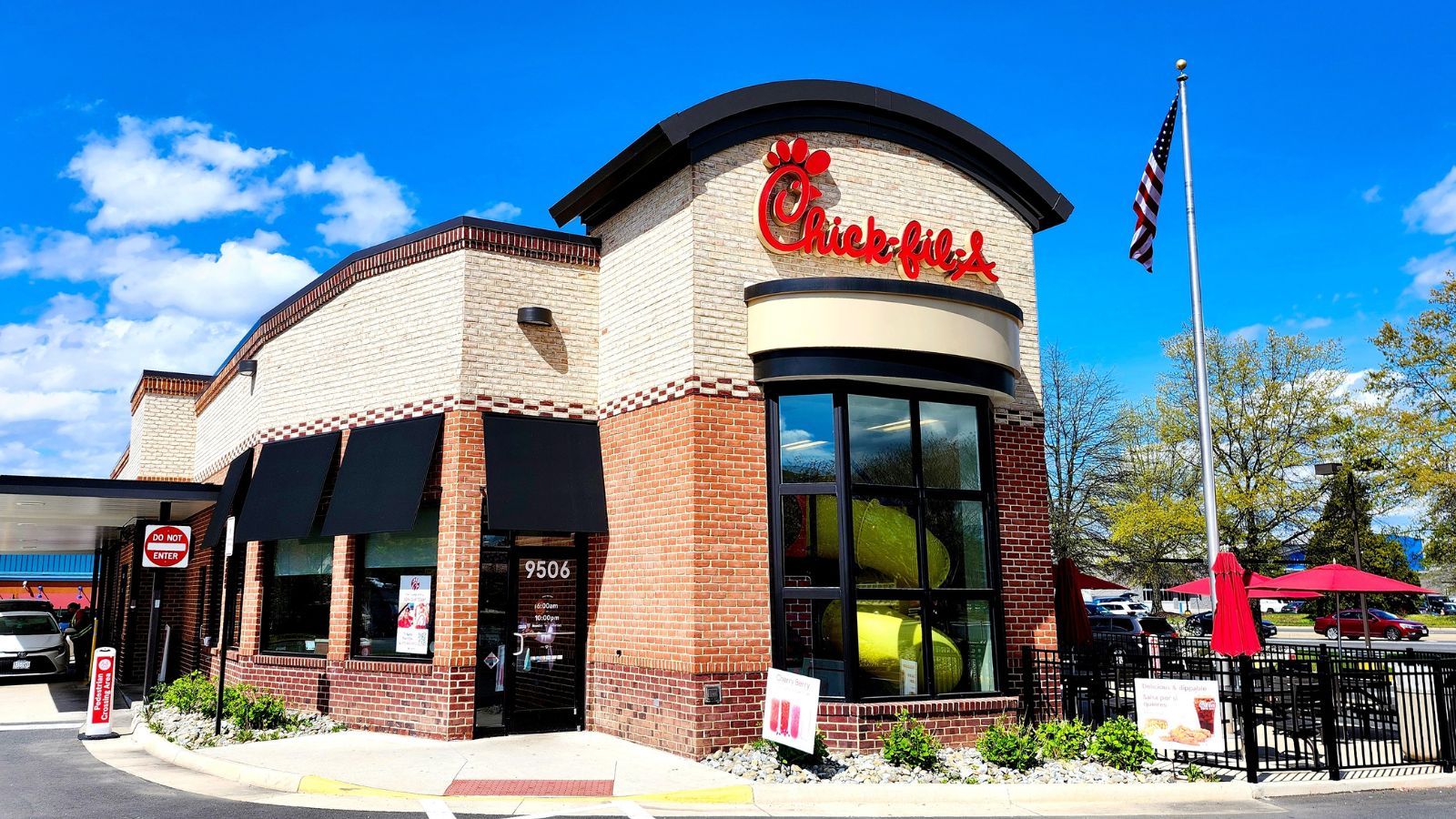
Chick-fil-A is one of America’s fastest-growing fast food chains and has an enthusiastic following in the U.S. Many Canadian fans eagerly awaited its arrival but were met with slow and limited expansion north of the border. The company’s cautious approach and limited availability disappointed Canadian consumers who felt sidelined despite demonstrating strong interest. This slow rollout made loyal Canadian fans feel like an afterthought compared to the rapid U.S. growth.
Disney+ Regional Content Limits

Disney+ attracted a massive subscriber base in Canada from its launch, with excitement around exclusive content and beloved franchises. However, Canadian subscribers soon noticed that some shows and movies available in the U.S. were missing or delayed on the Canadian platform. This regional content discrepancy left Canadian fans feeling like second-class customers despite paying the same subscription price. The inconsistency hurt Disney+’s reputation for valuing Canadian loyalty.
Apple’s Higher Canadian Pricing

Apple products are prized for their innovation and design, and many Canadians eagerly purchase iPhones, iPads, and MacBooks. Yet, Canadian consumers consistently face higher prices for Apple products compared to U.S. customers. These price differences are often attributed to taxes and currency exchange, but the gap remains a sore point for Canadians who are loyal to the brand. Feeling forced to pay a premium while receiving the same products created resentment and a sense of betrayal.
Starbucks’ Pricing and Limited Canadian Offerings

Starbucks has become a daily ritual for many Canadians, but the coffee giant’s Canadian locations sometimes feature higher prices than those in the U.S. Additionally, some menu items and seasonal offerings available south of the border are missing in Canadian stores. Loyal Canadian customers expect parity given their steady patronage but often find themselves paying more for less variety. This perceived imbalance undermined the goodwill Starbucks had built in Canada.
Facebook’s Privacy Issues Affecting Canadians

Facebook’s massive platform connects millions of Canadians to friends and family, but the company’s handling of privacy has shaken consumer trust globally. Canadian users were particularly concerned when revelations about data misuse and privacy breaches surfaced. Many felt that Facebook had betrayed their loyalty by failing to protect their personal information adequately. This erosion of trust was especially painful for a platform relied upon daily by Canadian families and communities.
Kraft Heinz Product Changes
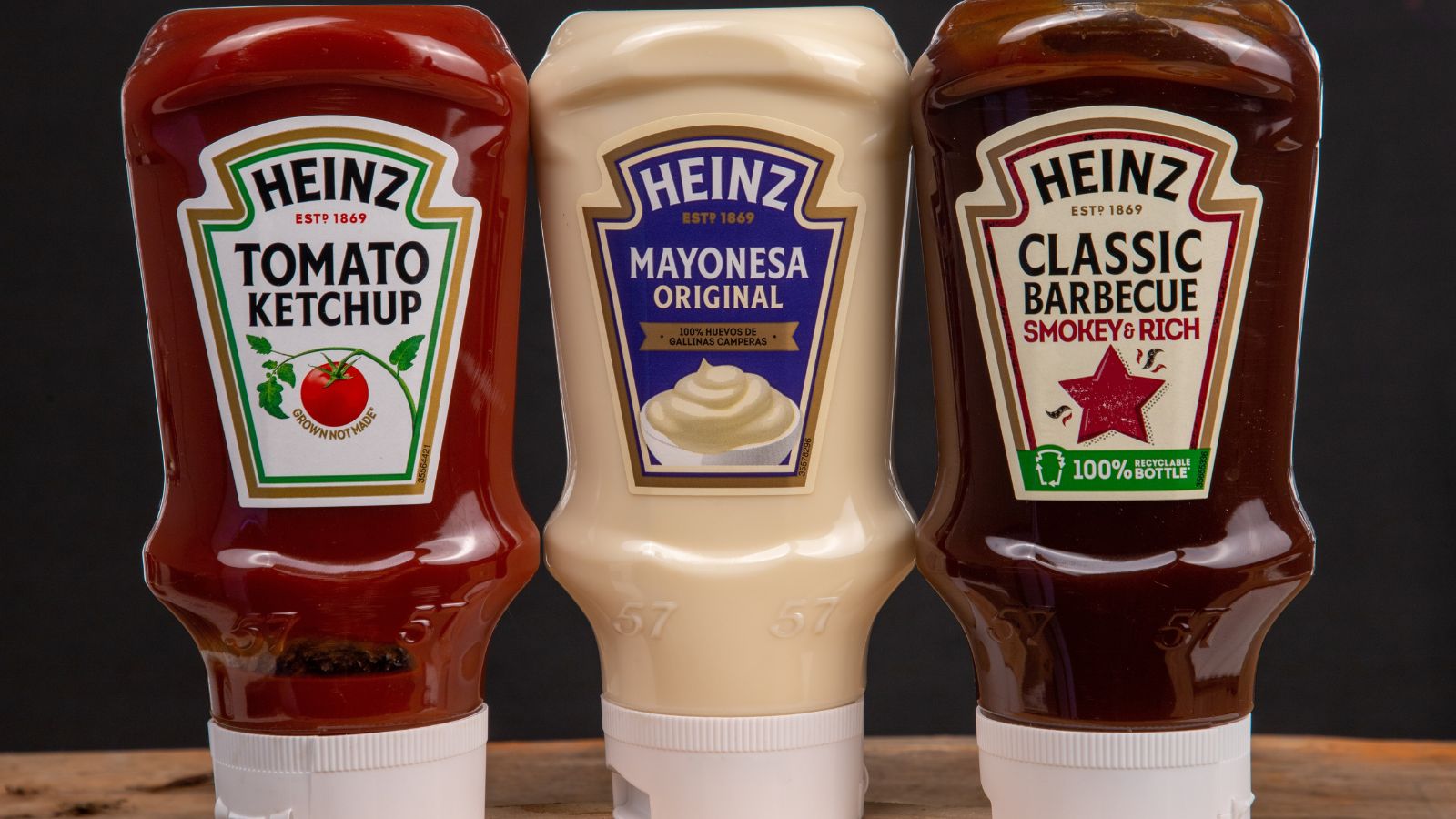
Kraft Heinz is a staple brand in many Canadian households, providing popular snacks and meal staples. However, in recent years, Canadian customers noticed changes in product recipes, packaging, and availability that did not align with the American market. Some beloved Canadian versions were discontinued or altered without clear explanation, leading to disappointment. Loyal consumers felt these decisions disregarded their preferences and loyalty to the brand.
Nike’s Limited Canadian Collaborations
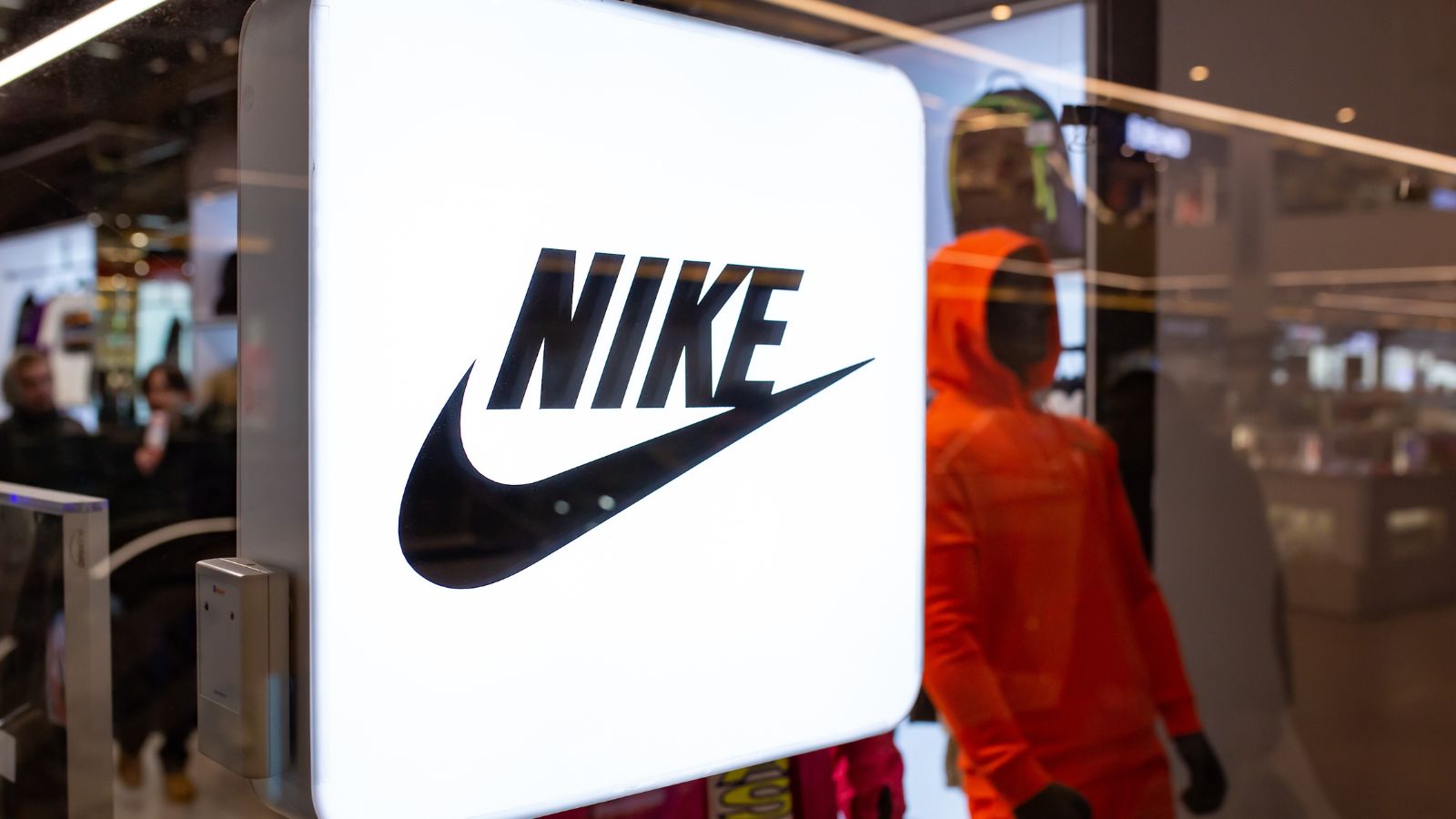
Nike has a devoted following in Canada, especially among athletes and fashion enthusiasts. However, exclusive product drops and limited-edition collaborations often launch first or only in the U.S. Canadian fans find themselves unable to access these coveted items, despite demonstrating equal enthusiasm. This uneven treatment creates a feeling of exclusion and neglect among Canadian consumers loyal to Nike.
Ford’s Withdrawal from Canadian Manufacturing

Ford has been a key player in Canada’s automotive industry, with many Canadian families depending on jobs created by local manufacturing plants. However, Ford’s decision to shut down some Canadian factories and shift production to the U.S. and elsewhere disappointed many Canadians. The move was seen as prioritizing American interests at the expense of Canadian workers and communities. This departure was perceived as a betrayal of long-standing loyalty from Canadian customers and employees.
Netflix DVD Service Discontinuation in Canada

Before streaming dominated, Netflix’s DVD rental service was beloved by Canadian customers for its extensive selection. When Netflix decided to discontinue its DVD service in Canada, many loyal subscribers felt left behind. Unlike the U.S., where DVD rentals remained popular longer, Canadian customers were abruptly cut off from this service. This sudden change without adequate alternatives made Canadian customers feel undervalued.
Tiffany & Co.’s Limited Canadian Presence

Tiffany & Co. has long been synonymous with luxury and quality, attracting many Canadian customers seeking premium jewelry. Yet, its Canadian retail presence is limited compared to the U.S., and some exclusive collections are only available south of the border. Canadian customers often travel to the U.S. or shop online to access desired pieces. This disparity in accessibility undermines Canadian loyalty and creates frustration for fans of the brand.
21 Products Canadians Should Stockpile Before Tariffs Hit

If trade tensions escalate between Canada and the U.S., everyday essentials can suddenly disappear or skyrocket in price. Products like pantry basics and tech must-haves that depend on are deeply tied to cross-border supply chains and are likely to face various kinds of disruptions
21 Products Canadians Should Stockpile Before Tariffs Hit
